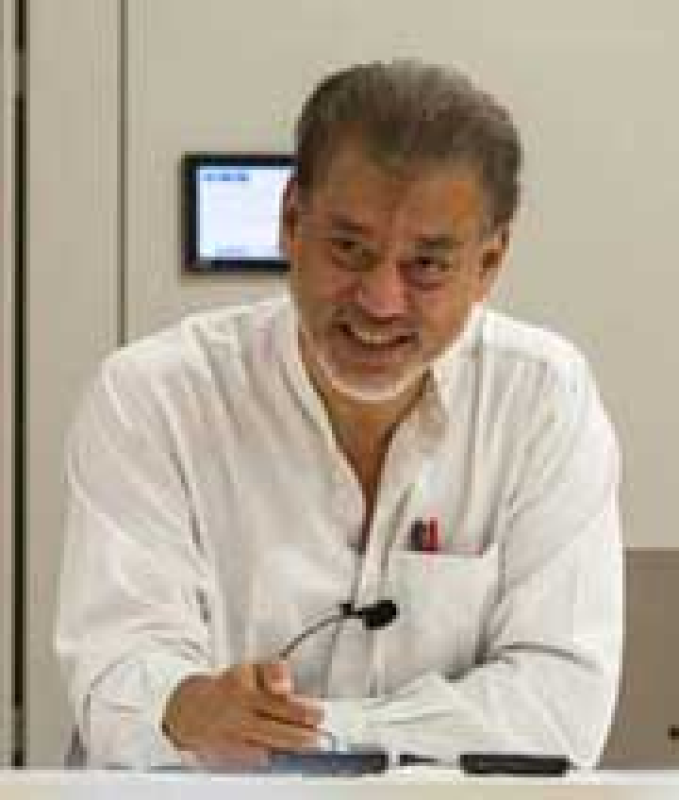- অতিথি পাখির বিচরণ আর দুষ্টুমিতে নান্দনিক হয়ে উঠেছে কুয়াকাটার চর বিজয় |
- Remittance inflow exceeds $632 million in first six days of Dec |
- 18 migrants die as inflatable boat sinks south of Greek island of Crete |
- TIB for polls manifesto vows to curb misuse of powers and religion |
- Khaleda now not fit for travelling: Medical Board |
Strengthening ASEAN and East Asian Cooperation for Today

Jomo Kwame Sundaram
Global South cooperation frameworks must evolve to respond to pressing contemporary and imminent challenges, rather than remain outdated structures with limited relevance.
The Association of Southeast Asian Nations (ASEAN) was established in 1967 to address regional tensions following the formation of Malaysia in September 1963. Malaysia’s creation caused disputes with the Philippines and Indonesia, while Singapore seceded from the new confederation in August 1965.
ASEAN was not a Cold War creation in the same sense as the Southeast Asia Treaty Organisation (SEATO), which was established by the U.S. in the early 1950s. Of these early arrangements, only NATO remains significant today. ASEAN’s most notable initiative was the declaration of Southeast Asia as a Zone of Peace, Freedom, and Neutrality (ZOPFAN) in 1973, two years before the end of the Indochina wars.
The region has since seen four major economic initiatives, beginning with the ASEAN Free Trade Area (AFTA) in the early 1990s. While initial trade liberalisation had some effect, the region has seen little real economic transformation since then.
Trade liberalisation expert Jagdish Bhagwati described preferential plurilateral and bilateral FTAs as “termites” in his 2008 book Termites in the Trading System, arguing they undermine multilateral trade by encouraging discrimination and weakening the principle of non-discrimination.
The 2008–09 global financial crisis further highlighted developed economies’ protectionist tendencies, confirming doubts about their commitment to free trade. Meanwhile, U.S. trade policies, particularly under the current administration, have challenged WTO multilateralism, undermining agreements such as the 1994 Marrakech Declaration.
The 1997–98 Asian financial crisis revealed the dangers of financialisation, but Western institutions dismissed it as “Asian hubris.” IMF promotion of capital account liberalisation under Managing Director Michel Camdessus even contravened the Fund’s own Articles of Agreement.
When Japan’s Finance Minister Miyazawa and Vice Minister Sakakibara proposed an East Asian financial rescue plan, it was blocked by then U.S. Treasury Deputy Secretary Larry Summers. Eventually, ASEAN+3—including Japan, South Korea, and China—developed the Chiang Mai Initiative, establishing bilateral swap facilities that were later multilateralised. ASEAN+3 also led the Regional Comprehensive Economic Partnership (RCEP), mainly focused on trade liberalisation.
Developing relevant institutions today requires pragmatic engagement with history rather than abstract principles. Significant 2025 anniversaries, including the end of World War II and the 1955 Bandung Asia-Africa solidarity conference, highlight the enduring relevance of non-alignment.
Despite rhetoric, the Global North has largely abandoned its post-World War II commitments to freedom and neutrality. While the U.S. and NATO allies increasingly marginalise the United Nations and multilateralism, most of the Global South remains non-aligned. ASEAN, though limited in global peace-making, can still serve as a strong voice for multilateralism, peace, development, and regional cooperation.
With the global economy stagnating under Western policies, ASEAN+3 has become more relevant. Prior to President Trump’s April 2 tariff announcements, Japan, China, and South Korea coordinated without ASEAN, demonstrating ASEAN’s current marginal role.
Without greater engagement, ASEAN risks irrelevance, as its leadership has often been limited to trade liberalisation. For ASEAN and its partners, addressing contemporary challenges is essential. Stronger regional cooperation with East Asian economies, which account for nearly two-fifths of the world economy, could yield significant benefits.
The question remains: will East Asia rise to meet the challenges of our times and assert regional leadership in a rapidly changing world?

